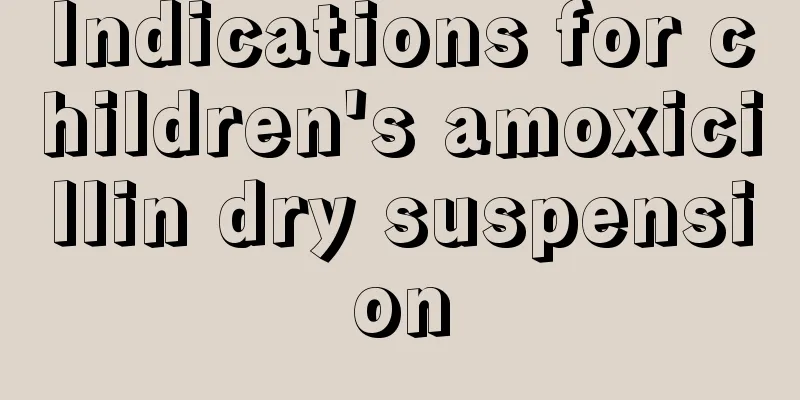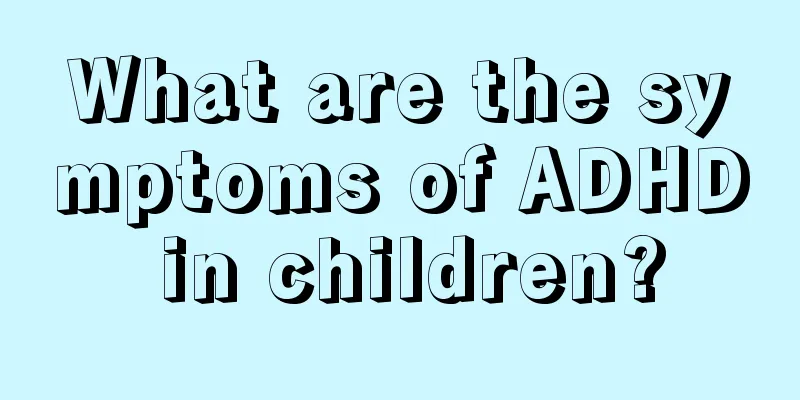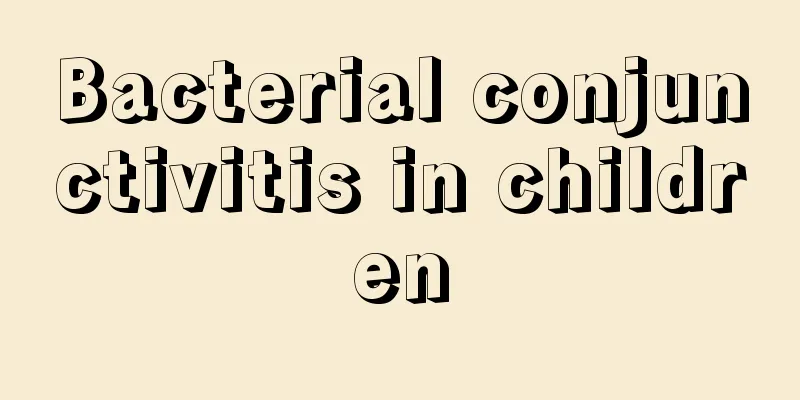Pathological and clinical manifestations of pulmonary valvular stenosis in newborns

|
Neonatal pulmonary valve stenosis is also known as congenital heart disease. The main symptoms of the newborn are fatigue, shortness of breath, and palpitations. It is difficult to help solve. It is a breathing difficulty caused by a single malformation. There are many modern methods to determine the diagnosis. It is relatively easy to quickly detect the disease, but there is no effective treatment method. Ensure more rest and ensure smooth breathing. This is the way to deal with it. 1. Etiology and pathology Pulmonary artery stenosis is a common congenital heart disease as a single malformation, accounting for about 10% to 20% of congenital heart diseases, among which valvular stenosis is the most common, accounting for about 70% to 80%. The basic hemodynamic changes of pulmonary artery stenosis are obstruction of right heart outflow and increase in right ventricular systolic pressure, leading to right ventricular hypertrophy. 2. Clinical manifestations Varies depending on the degree of stenosis. Common symptoms include fatigue, palpitations and shortness of breath. Physical examination revealed a loud, rough systolic murmur with thrill at the second intercostal space on the left side of the sternum; the second sound in the pulmonary valve area was normal or decreased; and a jet sound in the pulmonary artery area was heard. Heart murmurs are present at birth and are a characteristic clinical manifestation. 3. Imaging manifestations 1. Typical X-ray manifestations: (1) The heart is of "mitral" type and slightly enlarged, mainly in the right ventricle. (2) The pulmonary artery segment is bulging, mostly moderately to highly bulging, and upright. Its upper edge can be close to the level of the aortic arch. (3) Pulmonary blood volume is reduced, and the pulmonary vascular texture is thin and sparse, which is in sharp contrast to the obvious protrusion of the pulmonary artery segment. The shadows of the two hilar arteries are asymmetric (left side > right side), which is quite characteristic in diagnosis. 2. Echocardiogram: helps confirm the diagnosis. 3. Magnetic resonance imaging: Imaging can be performed in any direction and layer to display the main and pulmonary arteries, valve orifices and right ventricular outflow tract, which is very helpful for observing the location, range and degree of stenosis. 4. Cardiovascular angiography: Right ventricle angiography is appropriate, with frontal and lateral projections. In the early stage of contrast agent injection, the ventricle contracts and a column of blood containing contrast agent can be observed ejected from the stenosis, which is called the "jet sign", and can be used to measure the degree of valve stenosis. Neonatal pulmonary valve stenosis means that the child has congenital heart disease. With the help of instruments, surgery can help alleviate the pain of the newborn, but the treatment of pulmonary valve stenosis is a long process. For infants with extremely severe pulmonary stenosis, if not treated in time, they can often die in infancy. Therefore, treatment is very important and parents should pay more attention. |
<<: Symptoms, prevention and treatment of cow's milk protein allergy in newborns
>>: What foods can help children improve their memory?
Recommend
There are these dangers for children who often eat cold drinks
As the weather gradually gets warmer, a lot of co...
Can acute hemiplegia in children be cured?
Acute hemiplegia in children is a brain disease, ...
Common precautions for children rafting
We also know that young people in the 21st centur...
The baby's physical development is delayed
After birth, babies usually develop very quickly,...
One-year-old child always blinks when hitting things
The healthy growth of the baby is very important,...
What is the standard height and weight for a 5-year-old girl?
When the baby is five years old, he can basically...
What should I do if my child has cervical vertebrae problems during the summer vacation?
The annual summer vacation has arrived and the ch...
What should I do if my child doesn't eat and doesn't grow? What foods can help him grow taller?
As the saying goes, man is iron and food is steel...
When is baby teething?
Since having their own babies, many mothers have ...
The early symptoms of brain tumors in children are actually these two categories
Children are treasures in the hands of their pare...
What are the precautions for children to take when taking Intestinal Worm Clear?
Children's bodies are easily invaded by adver...
What causes chest tightness and shortness of breath in children?
The clinical manifestations of chest tightness an...
How to improve the appetite of children who don't eat
When children are growing, if their diet does not...
Treatment of anemia in children
Recently, many children have suffered from anemia...
How to stimulate the appetite of a 2-year-old baby?
Many mothers may have this experience: their youn...









